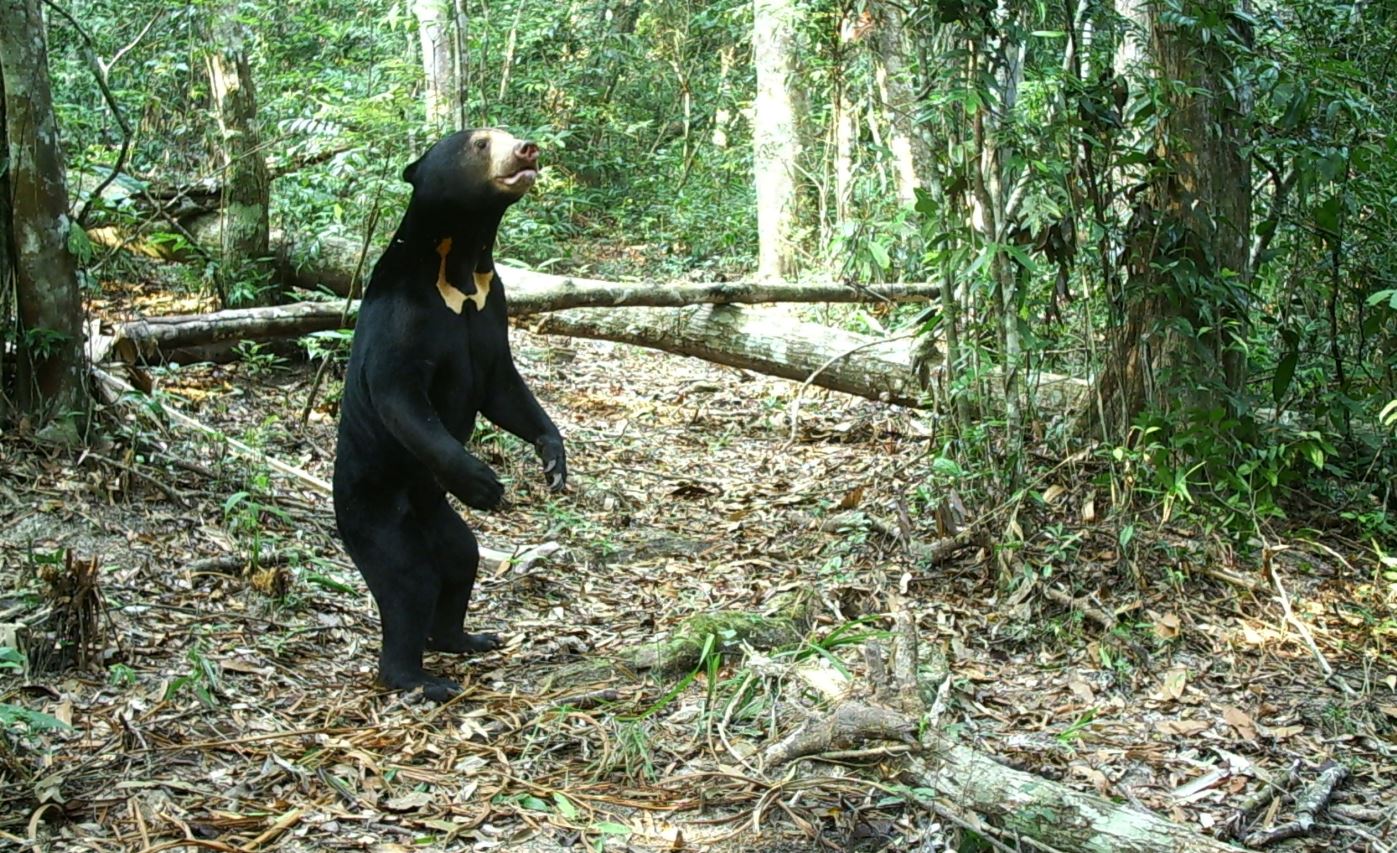IUCN SSC Bear Specialist Group

Overview and description
- Description:
-
Of the seven terrestrial species of bears, inhabiting four continents, five are globally threatened and one other has many separate threatened populations. The IUCN SSC Bear Specialist Group (BSG) ...
Group leadership
Dr David GARSHELIS
More about the Specialist Group
The BSG promotes bear conservation by:
- Fostering research aimed at ascertaining threats, population trends, and habitat needs.
- Monitoring changes in population size, geographic range, habitat, and threats.
- Reducing threats by developing or aiding conservation actions and assessing how well actions are working.
- Assessing status mainly through the Red List process, globally and by country and at the population level for some species.
- Setting priorities for ...

MISSION
It strives to promote the conservation of bears living in their natural habitats across their worldwide distribution. We do this by gaining, synthesizing and disseminating information; aiding, promoting and supporting conservation initiatives; providing technical assistance and building capacity of those involved or interested in bear conservation; and becoming directly involved in issues that reduce threats and foster the conservation of any of the seven species of terrestrial bears.
Specialist Group work
The BSG focuses on monitoring population distribution, size and trends, identifying and measuring threats, and reducing threats to enable sustainable populations.
Understanding threats to Bears

Bears face both known and emerging threats. BSG studies these at local and global levels.
Bears on the IUCN Red List

BSG assesses species for the IUCN Red List of Threatened Species to inform conservation efforts.
BSG Annual Report

Learn about BSG’s work and results in 2023.
Previous reports:
BSG Annual Report 2022
BSG Annual Report 2021
BSG Annual Report 2020
BSG Annual Report 2019
BSG Annual Report 2018
BSG Annual Report 2016-2017
Projects of the Specialist Group
1. First species range-wide conservation action plan
Completed in 2019, this plan focuses on the sun bear (Helarctos malayanus), arguably the least known bear species, and a species under considerable threat from poaching and loss and fragmentation of habitat. The plan covers five goals related to: (1) eliminating illegal exploitation; (2) protecting and restoring habitats; (3) devising and employing monitoring methods; (4) maximizing contributions of ex ...





